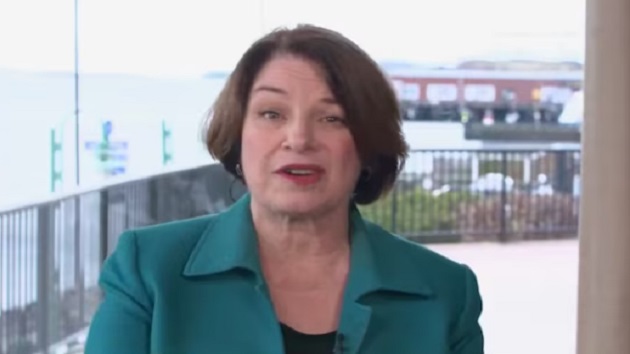Abortion access restrictions affect maternity care access, research shows
Written by ABC AUDIO on August 1, 2023

(NEW YORK) — Over 1.7 million women, nearly 3% of women of reproductive age in the United States, live in a county without access to abortion and with no access to maternity care, according to an analysis from ABC News and Boston Children’s Hospital. And 3.7 million, or 5.8% of women of reproductive age, live in a county without access to abortion and with no or low access to maternity care.
The data reflect an ongoing trend in maternal health in the U.S. found in previous research: places that restrict abortion also have fewer doctors providing care to pregnant people. Those states also have higher rates of maternal mortality and infant death, prior research shows.
“The same states that are most likely to be restrictive are also states that have been providing minimal services for a long time to women,” says Eugene Declercq, a professor of community health sciences at the Boston University School of Public Health, who studies maternal mortality.
ABC News compared new data from the March of Dimes on maternity care deserts in the U.S. with data, originally published in the Journal of the American Medical Association, on counties without access to abortion within a 60-minute drive since the Supreme Court overturned Roe vs. Wade in June of 2022.
The March of Dimes considers a county a maternity care desert if it does not have any obstetric providers and does not have any hospitals and birth centers offering obstetric care. It considers a county to have low access to maternity care if it has fewer than two hospitals or birth centers that offer obstetric care and fewer than 60 obstetric providers per 10,000 births.
The analysis showed that around 3.7 million — or 5.8% — of women of reproductive age in the U.S. live in a ‘double desert’ county that the March of Dimes considers having low access to maternity care or that is a maternity care desert, and that has no access to abortion services. Around 1.7 million women of reproductive age live in a county the March of Dimes considers a maternity care desert and do not have access to abortion.
The data reflects some consequences of the end of Roe vs Wade, said Yulin Hswen, assistant professor in the department of epidemiology and biostatistics at the University of California San Francisco and author on the JAMA analysis. It “entraps women in cycles of hardship,” she said.
Texas, Mississippi and Kentucky have the largest numbers of women of reproductive age living in those ‘double deserts,’ according to the analysis.
“What we’re looking at is that the reality is one of forced parenthood for many people without access to abortion,” says Julia Strasser, assistant research professor of health policy and management at George Washington University’s Milken Institute School of Public Health. “But then you don’t have the support services you need to be able to see someone through a pregnancy and delivery.”
There are two main types of risks to pregnancy in places without good access to pregnancy care services, Strasser says. The first is they might have to deliver in an emergency department where that care isn’t a core part of services. Second, they may not be able to get enough prenatal and postpartum care, which increases the risk for things like preterm birth, when a baby is born before 37 weeks of pregnancy have been completed, and maternal mortality.
Because of this, people living in maternity care deserts without access to abortion may have to continue a dangerous pregnancy or one they don’t want, and may also struggle to find the care they need during that pregnancy and delivery.
Abortion and maternity care aren’t unrelated, Strasser says, because it takes the same clinical skill set to provide abortion care as it does to respond to things like miscarriages and ectopic pregnancies. “There’s not a bright red line between abortion care and the rest of pregnancy care,” says Strasser. “It’s really a compounding issue.”
That overlap may deepen going forward, Declercq says, because obstetricians may not want to work in places where they face restrictions on their ability to provide abortions and abortion-related care. “That will just exacerbate the problem,” he says.
Good access to maternity care is important everywhere in the U.S., but underinvestment in one aspect of pregnancy-related care is likely to coincide with underinvestment in others.
“This has never just been one thing,” Declercq says. “This is always the combination of a number of factors in terms of underfunding services, particularly for women.”
Dr. Benjamin Rader is a Computational Epidemiologist and Research Fellow with Boston Children’s Hospital. John Brownstein, Ph.D., is an ABC News contributor and the chief innovation officer at Boston Children’s Hospital and a professor at Harvard Medical School. They both contributed to this report.
Copyright © 2023, ABC Audio. All rights reserved.





